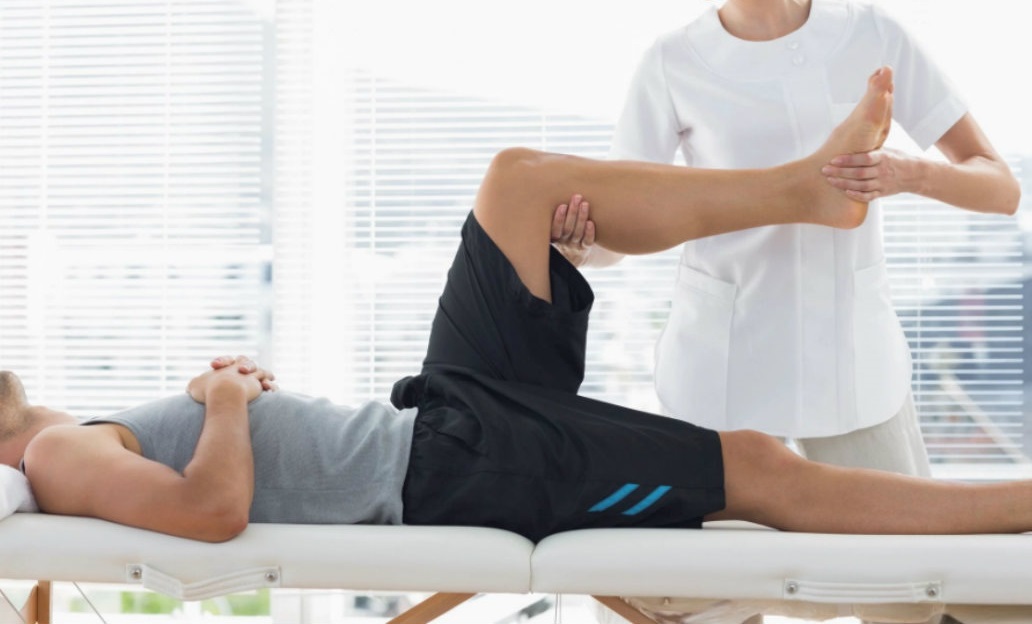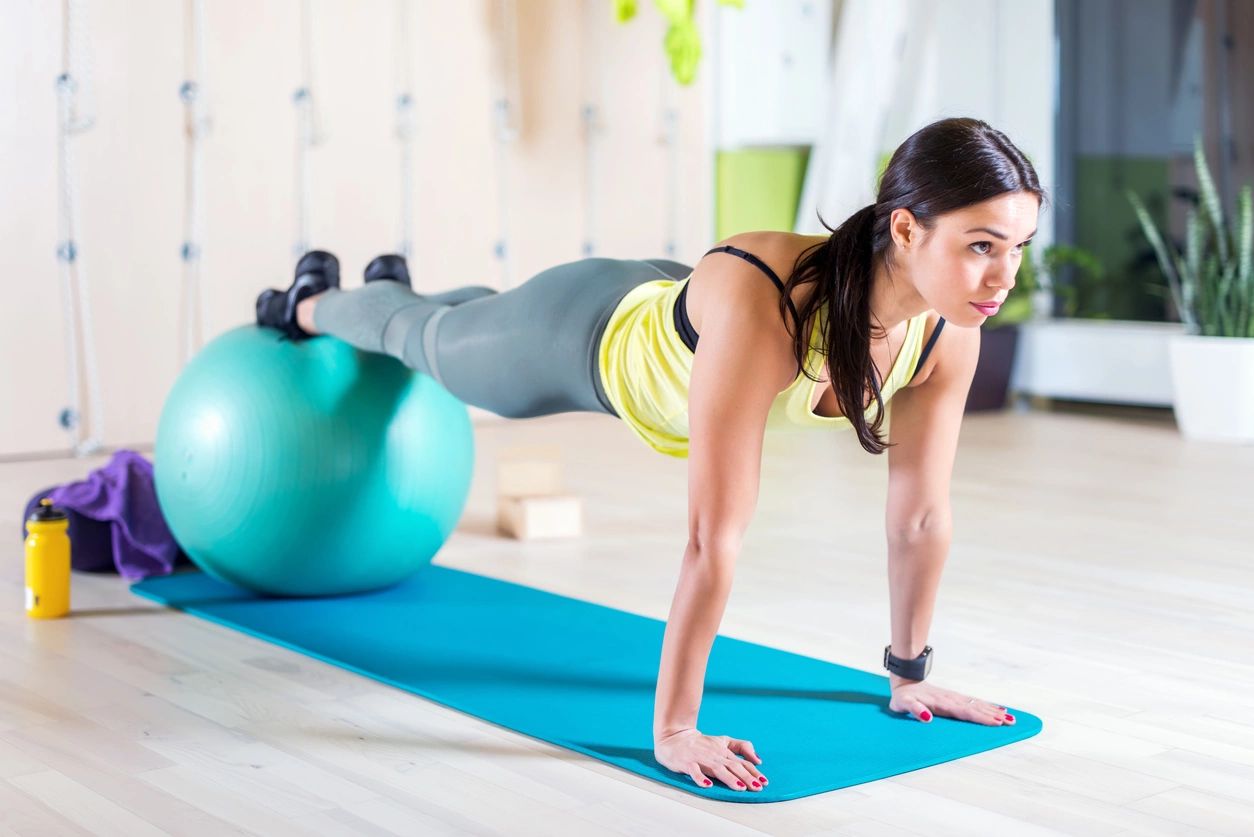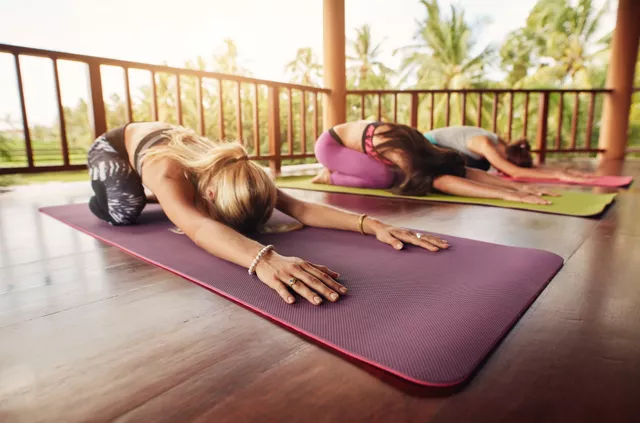Our Services
Integrative Manual Therapy
While traditional therapy treatments certainly have their place in health care, their effectiveness can be enhanced by Integrative Manual Therapy (IMT). Manual therapy is not a new field but has been taught at the orthopedic foundational level in physical therapy schools for many years. The field of manual therapy is derived from osteopathic principles and is an excellent complement to other forms of treatment. Integrated Therapeutic Flow is based in IMT methodology, which consists of using pain-free, gentle, hands-on techniques to support the patients body's ability to heal/correct itself.
IMT requires patient participation and attention through the treatment process and a desire to change their body structure and function. Patients can realize that treating the symptoms only leads to temporary relief and treating the tissues contributing to or connected to the cause of the problem is what changes their overall disposition, function, and future ability to fully participate in life.

Functional Exercise
While restoring the anatomical body tissue structure with manual therapy is an important part of the rehabilitative process, functional exercise can encourage the healing process and promote optimal body movement and awareness with everyday activities, sport, or recreational skills. Functional Exercise uses positions from everyday activities, work, recreation, or sport to develop scapular, abdominal and pelvic core stabilization and postural alignment. Body or joint flexibility and strengthening exercises are designed for each patient's area of injury or dysfunction. Teaching proper posture, body mechanics, balance and coordination skills is an integral part of functional exercise rehabilitation.

Yoga
Yoga is the ideal complementary functional whole-body movement restorative approach to manual therapy. Breathing, postural alignment, core strengthening, flexibility, and body awareness are key learning tools in Yoga. Yoga is typically seen as an exercise only for those people who are flexible and can curl up into a contorted, pretzel-like shape. However, yoga can be adapted to many different body shapes and capabilities, and it is much more than that. Yoga combines breathing, physical postures (asanas), transitional movement or flow and meditation to enhance inner awareness, decrease stress and balance the whole body (mind, body, and spirit).

Yoga asanas and breath work help release dysfunctional body tension patterns, improve awareness and strength of the core, resulting in decreased soft tissue tightness and improved functional mobility and strength. Focusing on proper postural alignment in the asanas and transitional movements assists with decompressing or ‘opening up’ dysfunctional body areas, leading to healthy movement patterns.
